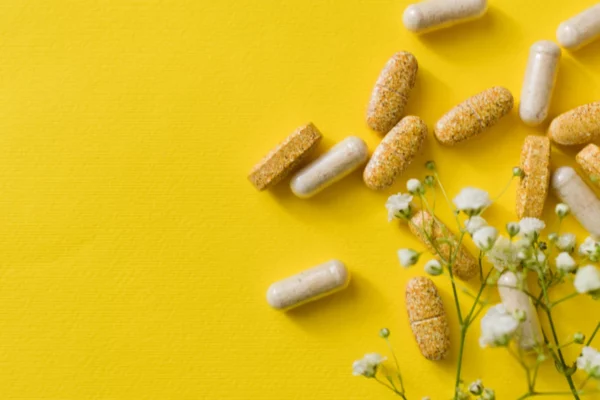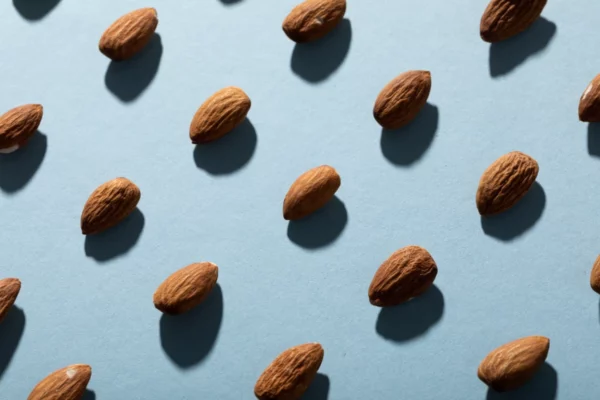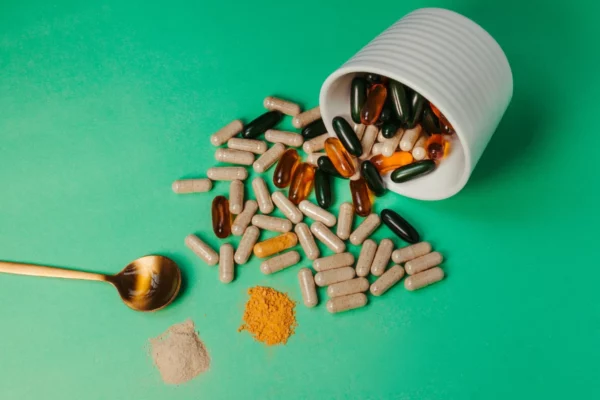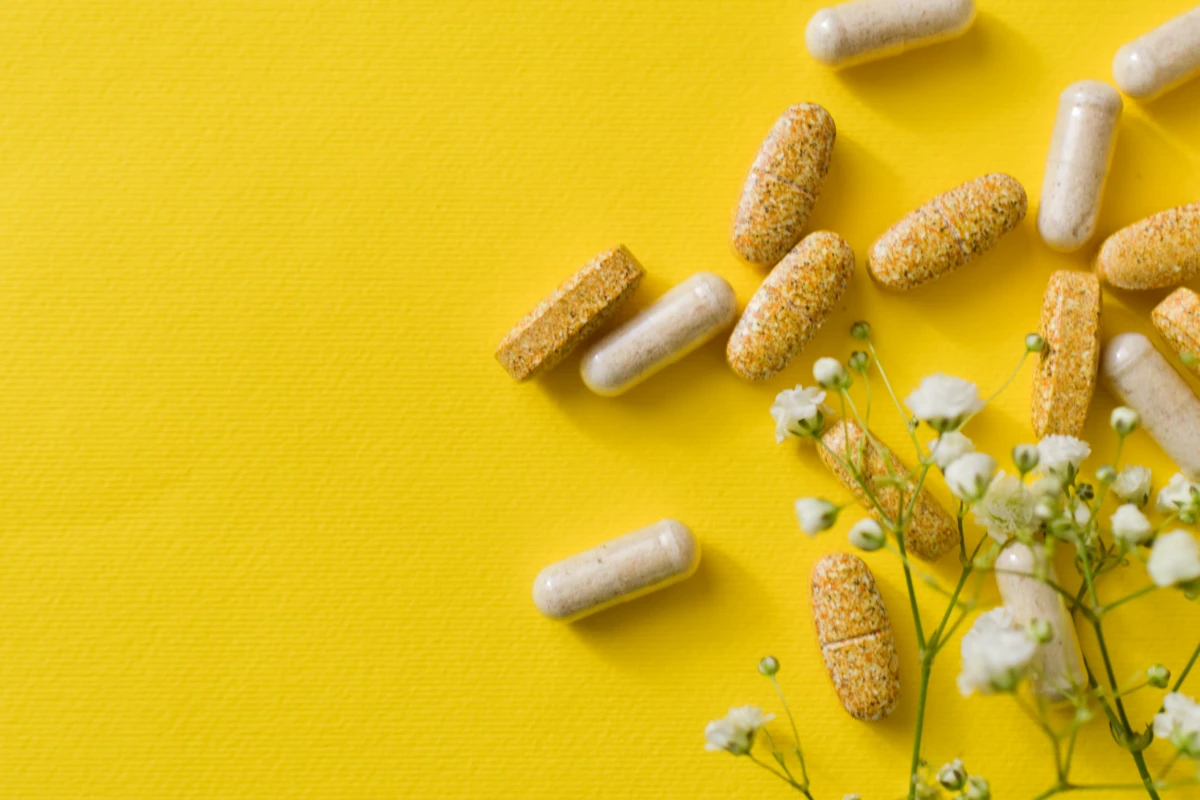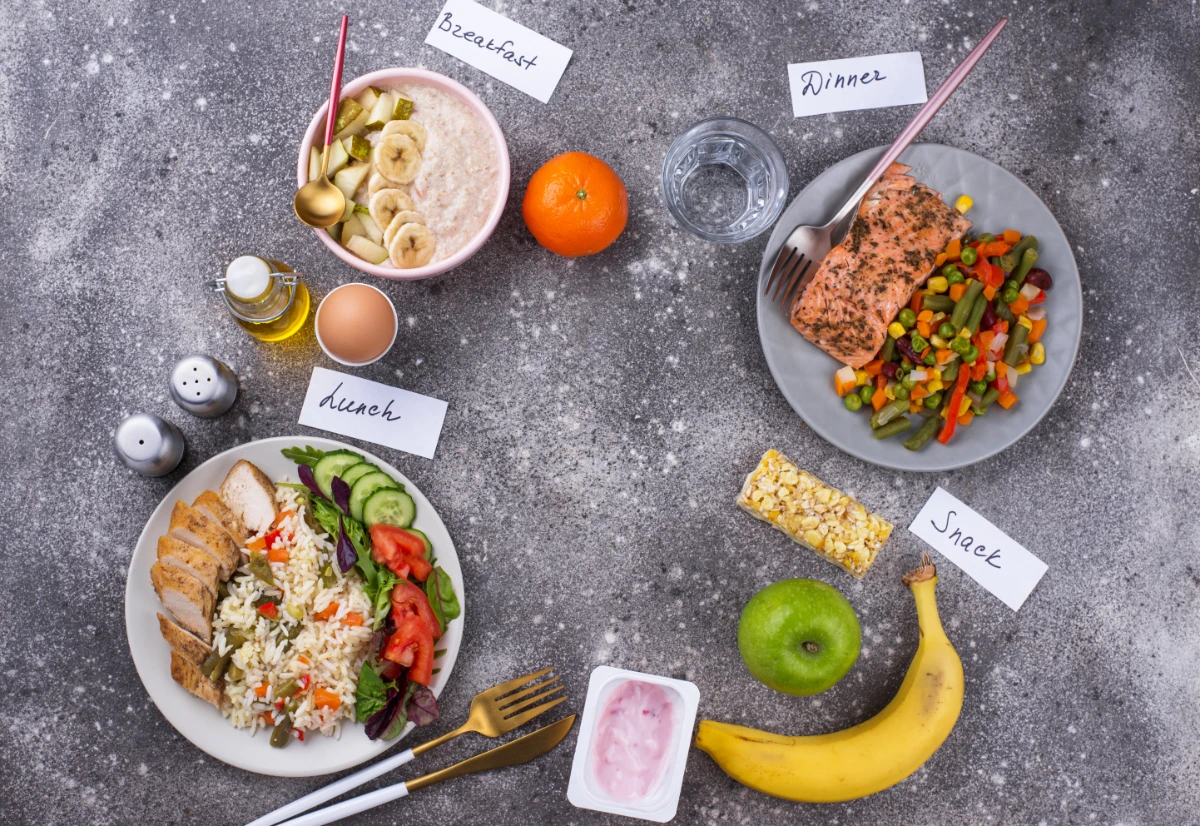Introduction
Lentils, a staple in many diets worldwide, are packed with protein, fiber, and essential vitamins. But like other legumes, they contain lectins – proteins that may cause digestive issues for some people. Luckily, there are ways to mitigate this problem and remove lectins from lentils fast to make your lentils lectin-free.
In this post, you’ll discover three easy, foolproof methods to remove lectins from your lentils, ensuring a more digestible and flavorful meal.
What Are Lectins?
Lectins are a diverse group of proteins found in a wide variety of foods, and they can be categorized into different types based on their structure and the carbohydrates they bind to. Here are some common types of lectins found in foods:
- Legume Lectins are among the most studied. They are found in beans and lentils. Phytohemagglutinin is a well-known lectin found in raw red kidney beans.
- Cereal Lectins: Found in wheat, barley, rice, and other grains, wheat germ agglutinin is a particularly well-studied cereal lectin.
- Fruit and Vegetable Lectins: These are present in various fruits, vegetables, and nightshade vegetables, such as tomatoes and potatoes.
- P-Type Lectins: Found in various plant tissues, they interact with galactose residues.
- Glycan-Specific Lectins: These lectins bind to specific sugar structures and are found in various organisms.
- Animal Lectins: While mostly associated with plants, lectins are also found in some animal products, including dairy.
- M-Type Lectins: These are found in the fungi kingdom and are known to agglutinate red blood cells.
- Aquatic Lectins: Lectins from seafood and certain types of fish.
- S-Type Lectins: Common in seeds, these lectins have unique binding specificity.
- Chitin-Binding Lectins: Present in green tomatoes and other plants, they bind to the carbohydrate chitin.
Each type of lectin has a unique interaction with the body, and its effects can vary greatly. Some lectins, particularly when consumed in large amounts or when undercooked, may have harmful effects.
However, others are benign or even beneficial. The cooking process, soaking, and proper preparation are usually enough to neutralize the potentially harmful effects of many lectins found in food.
Why Remove Lectins?
Health Concerns Linked to Lectins:
Before we dive into the techniques, let’s briefly discuss why removing lectins is important.
- Digestive System Issues: Lectins can cause stomach upset and exacerbate irritable bowel syndrome.
- Immune System: Some studies suggest that lectins might interfere with the immune system, leading to autoimmune conditions and joint pain.
- Blood Sugar and Heart Disease: Some evidence suggests that lectins may affect blood sugar levels and contribute to heart disease and cardiovascular disease.
- Weight Gain: Consuming high amounts of high-lectin foods may contribute to weight gain.
High-Lectin Foods and Their Risks
- Raw Kidney Beans: These beans contain a specific type of lectin that has been associated with lectin poisoning.
- Nightshade Vegetables: Some believe that the lectins in these plants may be linked to rheumatoid arthritis.
- Green Lentils and Green Beans: These may also contain high levels of lectins that require proper preparation to reduce.
Here’s a table of some common high-lectin foods and their potential risks:
| Food | Risks |
|---|---|
| Raw Red Kidney Beans | Lectin poisoning, digestive issues |
| Green Lentils | High levels of lectins, stomach upset |
| Wheat Germ | Contains wheat germ agglutinin, adverse effects |
| Tomato Sauce | It may contain active lectins |
Method 1: Soaking and Sprouting to Remove Lectins from Lentils
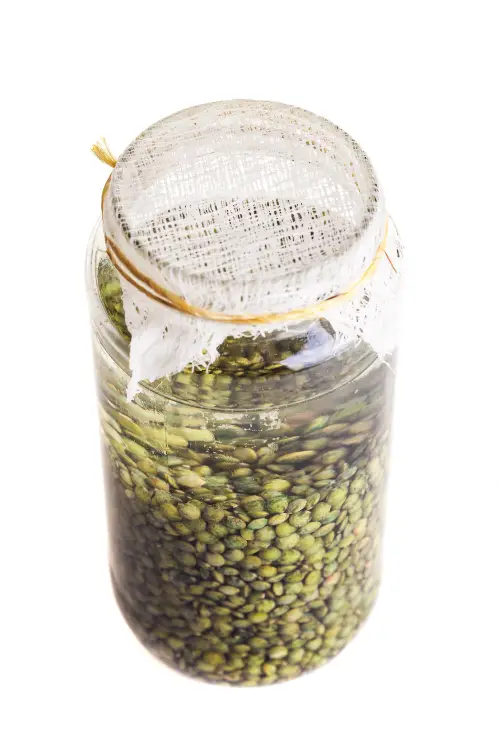
One of the most straightforward and effective ways to eliminate unwanted lectins from lentils is through soaking and sprouting. This process reduces the lectin content and enhances the taste and nutrient profile.
Step-by-Step Guide to Soaking and Sprouting
- Select Your Lentils: Choose high-quality lentils without any visible damage.
- Rinse Thoroughly: Wash the lentils in cold water to remove any dust or debris.
- Soak in Water: Place the lentils in a bowl and cover them with water. Adding a tablespoon of apple cider vinegar or lemon juice can enhance the soaking process.
- Let Them Soak: Leave the lentils to soak overnight or for at least 8 hours.
- Drain and Rinse: Drain the water and rinse the lentils thoroughly.
- Sprouting (Optional): To sprout the lentils, place them in a sprouting jar or on a wet cloth, and leave them for 2-3 days, rinsing them a few times per day.
- Cook as Usual: Now, your lentils are ready to be cooked. Enjoy them in your favorite dishes!
Benefits of Soaking and Sprouting
- Reduced Lectin Content: This method significantly diminishes lectins, making the lentils more digestible.
- Enhanced Flavor: Soaking and sprouting bring out a more nuanced flavor in your lentils.
- Improved Nutrient Profile: The process unlocks vital nutrients, making them more accessible.
What to Avoid
- Using Damaged Lentils: Broken lentils can become mushy during soaking.
- Over Soaking: Too long soaking may lead to fermentation or spoilage.
The beauty of soaking and sprouting your lentils lies in its simplicity. With just a bit of time and minimal effort, you can greatly enhance your lentil experience, freeing them from lectins and making them a more enjoyable part of your meal.
Method 2: Cooking and Pressure Cooking to Remove Lectins from Lentils
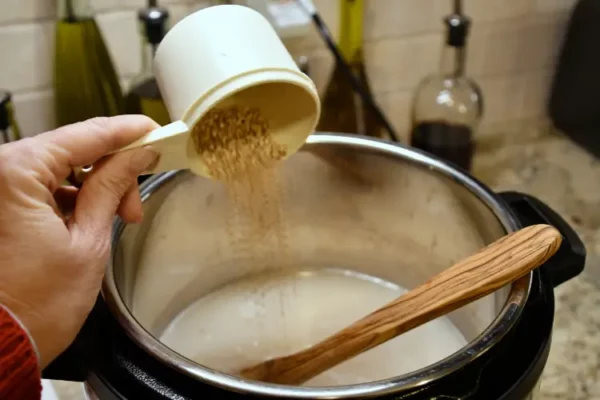
Proper cooking is not just a matter of taste and texture; it’s also a vital step in ensuring your lentils are free from unwanted lectins. Cooking and pressure cooking, in particular, are efficient ways to eliminate these proteins from your lentils.
A. Traditional Cooking
- Preparation: If you’ve soaked and sprouted the lentils, they’re ready to cook. If not, rinse them thoroughly first.
- Add Water: Place the lentils in a pot and cover with water. The ratio should be about 3 cups of water to 1 cup of lentils.
- Season: Add salt, herbs, or spices according to your preference.
- Boil and Simmer: Bring the water to a boil, then reduce the heat and let the lentils simmer for 20-30 minutes.
- Check for Doneness: Lentils should be tender but not mushy. Taste to check if they’re cooked to your liking.
- Drain and Serve: Drain any excess water and enjoy your lentils in various dishes.
Benefits of Traditional Cooking
- Effective in Removing Lectins: Boiling destroys most lectins in lentils.
- Versatile: You can flavor the lentils as you cook, enhancing their taste.
- Simple: This method requires no special equipment.
What to Avoid
- Undercooking: Lentils that are not cooked enough may still contain lectins.
- Overcooking: Overcooked lentils become mushy and lose their shape.
B. Pressure Cooking
- Preparation: As with traditional cooking, begin with cleaned or soaked lentils.
- Place in Pressure Cooker: Add lentils and water (same ratio as above) to the pressure cooker.
- Season: Add your favorite herbs and spices.
- Cook: Follow your pressure cooker’s instructions for cooking lentils, generally around 10-15 minutes.
- Release Pressure and Serve: Allow the pressure to release naturally, or follow the quick release method if you’re in a hurry.
Benefits of Pressure Cooking
- Highly Effective: The high pressure ensures that lectins are destroyed.
- Faster: Pressure cooking cooks lentils in almost half the time, only 7 mins for some recipes.
- Nutrient Retention: This method retains more nutrients compared to boiling.
What to Avoid
- Ignoring Manufacturer’s Instructions: Always follow your pressure cooker’s guidelines for safe and effective cooking.
Method 3: Fermentation to Remove Lectins from Lentils
Our final method, fermentation, is an age-old practice that not only reduces lectins but also introduces beneficial bacteria, enhancing both flavor and nutritional value.
Step-by-Step Guide to Fermenting Lentils
- Soak: Similar to the soaking method, soak lentils overnight or for at least 8 hours.
- Drain and Rinse: After soaking, drain and rinse the lentils thoroughly.
- Blend with Water: Blend the lentils with water to create a batter-like consistency.
- Add a Starter Culture: If available, add a fermentation starter to kickstart the process.
- Let it Ferment: Cover the blend and leave it at room temperature for 1-3 days.
- Cook: The fermented batter can be used in various recipes, like pancakes or flatbreads.
Benefits of Fermentation
- Rich Flavor Profile: Fermentation brings a unique, tangy flavor to lentils.
- Probiotic Benefits: This method introduces good bacteria, aiding digestion.
- Lectin Elimination: The process breaks down lectins, making lentils easier to digest.
What to Avoid
- Over Fermentation: If left too long, the blend may become overly sour or spoil.
Conclusion
Lectins in lentils, while a concern for some, need not deter you from enjoying this versatile and nutritious legume. With the right knowledge and techniques, you can unlock the full potential of lentils, all while ensuring they are free from unwanted lectins.
Lectins, while present in many food sources, can have negative effects on overall health if consumed in high amounts and without proper preparation. The cooking process, including pressure cooking lentils, can deactivate harmful lectins.
Summary of the Methods to Remove Lectins:
| Method | Key Benefits | Drawback |
|---|---|---|
| Soaking and Sprouting | Reduces lectins, enhances flavor | Reduces lectins, enhances the flavor |
| Cooking | Destroys most lectins, versatile | Risk of under or overcooking |
| Pressure Cooking | Fast, retains nutrients, eliminates lectins | Requires special equipment |
| Fermentation | Unique flavor, probiotic benefits | Risk of over fermentation |
That said, much research is still needed, and health experts recommend a balanced approach. Small amounts of lectins in a healthy diet, combined with the best cooking methods, can offer beneficial nutrients without harmful effects.
By understanding the types and activity of lectins, including the hemagglutination assay, individuals can make informed choices about their food supply, including lentil soup and undercooked kidney beans, to achieve weight loss and maintain a healthy lifestyle.
Lectin-Free Diet: Is It Necessary?
The lectin-free diet, popularized by Dr. Steven Gundry in “The Plant Paradox,” suggests avoiding lectin-rich foods for good health. However, not all lectins are harmful, and properly preparing nutritious food items like lentils, sweet potatoes, and legumes can mitigate the risks.
Frequently Asked Questions
Here’s a concise list of some common questions you might have:
- Can I Combine These Methods?: Combining soaking with cooking or pressure cooking can yield excellent results.
- Are Lectins Always Bad?: Not necessarily, but some people may be sensitive to them.
- Can I Use These Methods for Other Legumes?: These techniques can apply to beans and other legumes as well.
- Where Can I Find High-Quality Lentils?: Many health food stores offer various types of high-quality lentils.
Final Thoughts
Whether you’re new to lentils or a seasoned lentil lover, the methods outlined in this post can help you enhance the flavor and digestibility of this fantastic food. Experiment with soaking, sprouting, cooking, pressure cooking, or fermentation to discover the ideal preparation that suits your palate and dietary requirements.
Lentils are a powerhouse of nutrition, and with the strategies detailed in this guide, you can enjoy them to the fullest, free from the concerns of lectins. Happy cooking, and here’s to a more nutritious and delightful lentil experience!

